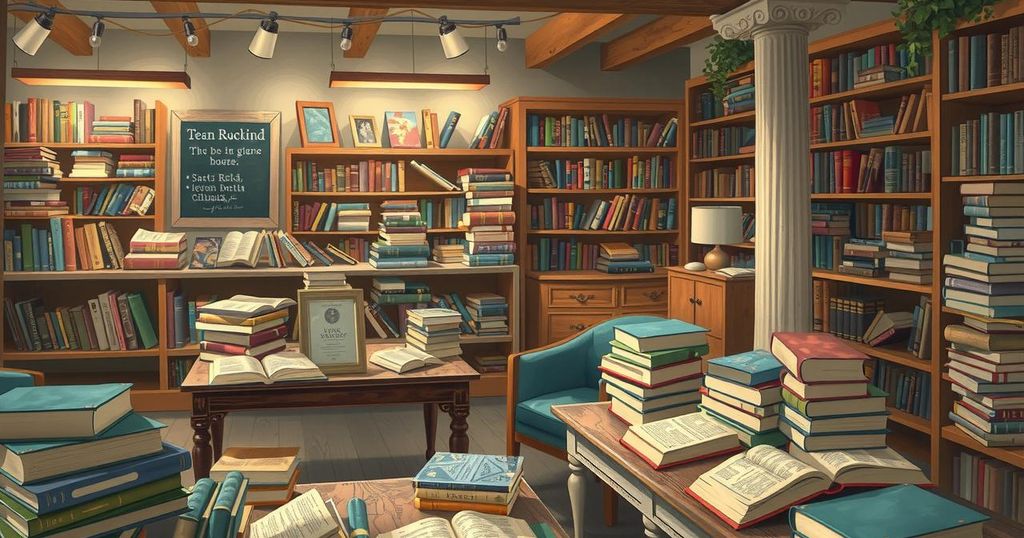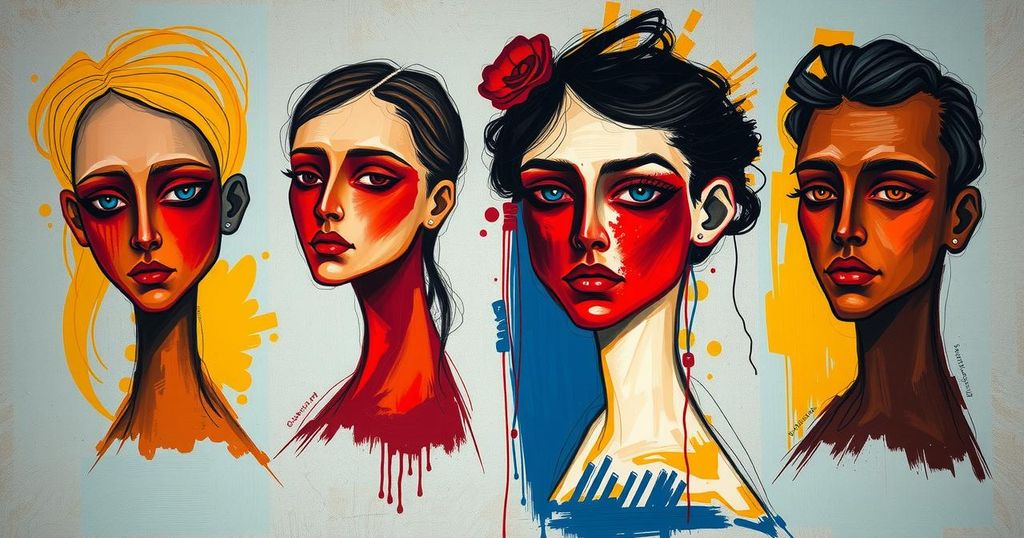Edvard Munch’s latest exhibition features over 40 portraits showcasing his exploration of human psychology and relationships. Open at the National Portrait Gallery until June 15, the collection includes notable works like “Tête-à-tête” and “Evening,” each revealing insights into Munch’s life and artistic progression.
Edvard Munch’s portraits, showcasing psychological nuances of friends and family, highlight his artistic evolution. An ongoing exhibition at the National Portrait Gallery in London, running until June 15, features over 40 pieces revealing Munch’s biography and artistic style shaped by his time in Paris and Berlin. While some portraits demonstrate Munch’s mastery, others lack the intimacy needed for his best work, as noted by curator Alison Smith.
Five Must-See Works
1. Tête-à-tête (1885): This work features Munch’s friend, Karl Jensen-Hjell, and a woman who might be his sister, Inger. The casual setting foreshadows Munch’s later narrative style and portrayal of subjects.
2. Evening (1888): Depicting his sister Laura, this painting contrasts a serene scene with her troubled expression, hinting at her mental health issues. The faint white figure adds depth to the composition.
3. Thor Lütken (1892): A portrait of Munch’s friend, it cleverly incorporates a mysterious painting within the main image, leaving its meaning open to interpretation about romance or death.
4. The Brooch. Eva Mudocci (1902): This lithograph of the violinist, who was possibly Munch’s lover, reflects his diverse portrayals of women during his Symbolist phase.
5. Model with a Green Scarf (Sultan Abdul Karim) (1916): Unlike his stereotyped representations, this work of his chauffeur presents him in ordinary attire, conveying Munch’s respect for Karem as an individual.
The exhibition ‘Edvard Munch Portraits’ at the National Portrait Gallery reveals the multifaceted nature of Munch’s work, particularly his ability to convey psychological depth through portraiture. Key highlights include works that reflect personal relationships, societal themes, and the artist’s exploration of identity, culminating in an engaging view of his artistic legacy.
Original Source: news.artnet.com







